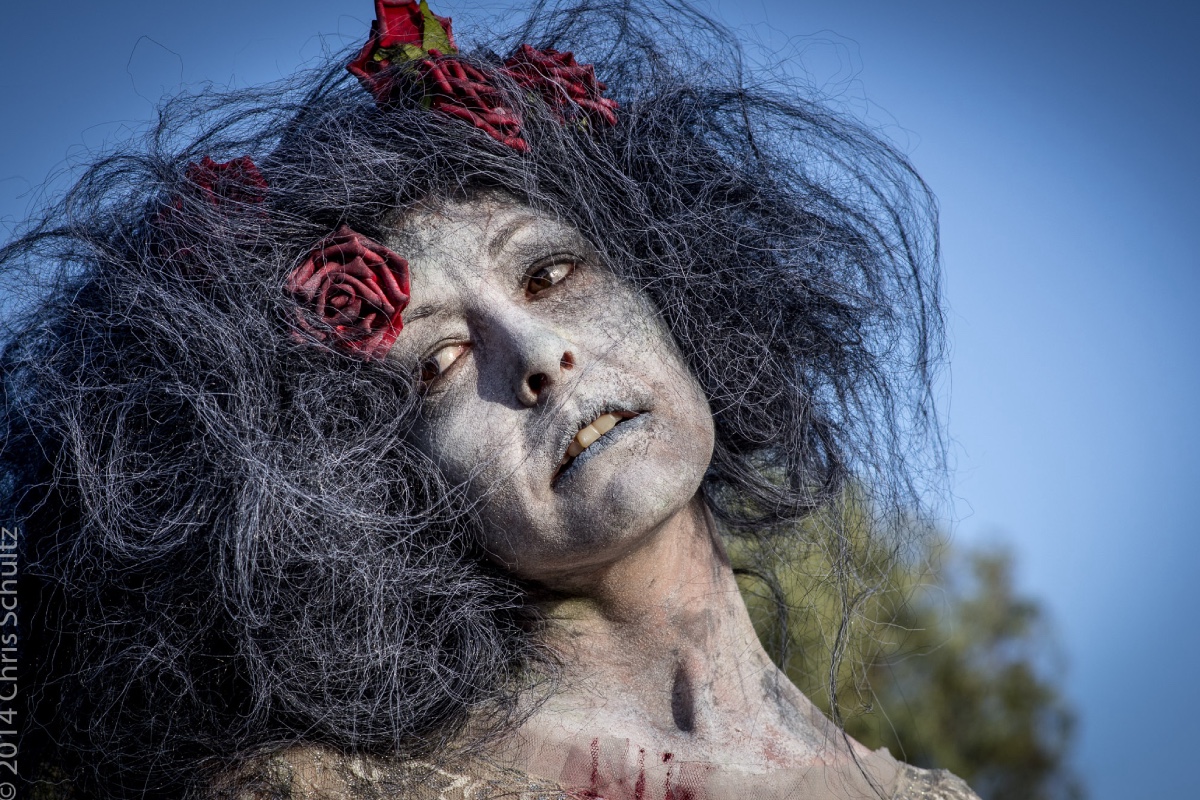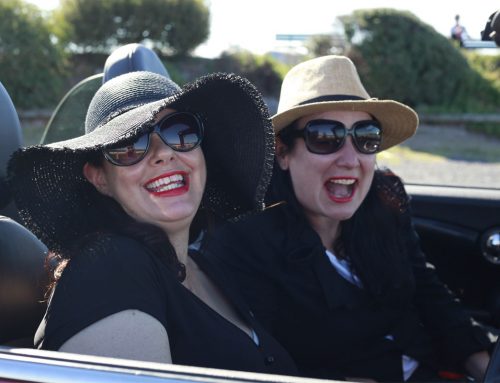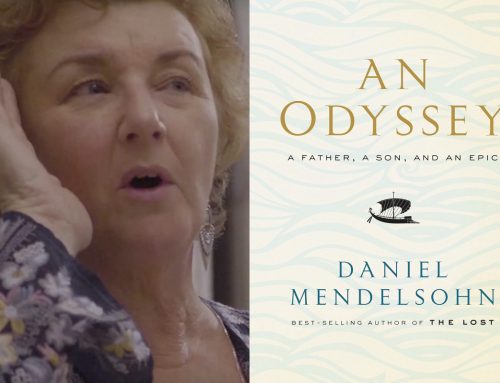Iconic Literary Food Moments
Charles Dickens’ ability to paint a picture with words is perhaps unmatched in literature. From Magwitch swimming in the muddy Thames in Great Expectations, to the rolling London fogs in Bleak House, and the ghosts of Christmas past, present and future in A Christmas Carol, the reader is thoroughly immersed in Dickens’ England.
But perhaps the most unforgettable Dickensian scene is that of Miss Havisham’s bridal cake in Great Expectations – a torrid, insect infested, decaying mass that mirrors the rotting soul of its would-be bride. Once seen, never unseen. Of all the Dickensian images, it is the most memorable – or unforgettable. And yet the sketch is relatively swift. The vision looms larger in the imagination that it actually does on the page, revealing Dickens’ ability to get the reader’s imagination to do most of the work, simply by pressing some powerful emotional buttons.
For those who have never read Great Expectations, I apologise in advance for exposing your delicate sensibilities to the horror of Miss Havisham’s cake:
I crossed the staircase landing, and entered the room she indicated. From that room, too, the daylight was completely excluded, and it had an airless smell that was oppressive. A fire had been lately kindled in the damp old-fashioned grate, and it was more disposed to go out than to burn up, and the reluctant smoke which hung in the room seemed colder than the clearer air, – like our own marsh mist. Certain wintry branches of candles on the high chimney-piece faintly lighted the chamber; or it would be more expressive to say, faintly troubled its darkness.
It was spacious, and I dare say had once been handsome, but every discernible thing in it was covered with dust and mould, and dropping to pieces. The most prominent object was a long table with a tablecloth spread on it, as if a feast had been in preparation when the house and the clocks all stopped together. An epergne or centre-piece of some kind was in the middle of this cloth; it was so heavily overhung with cobwebs that its form was quite undistinguishable; and, as I looked along the yellow expanse out of which I remember its seeming to grow, like a black fungus, I saw speckle-legged spiders with blotchy bodies running home to it, and running out from it, as if some circumstances of the greatest public importance had just transpired in the spider community.
I heard the mice too, rattling behind the panels, as if the same occurrence were important to their interests. But the black beetles took no notice of the agitation, and groped about the hearth in a ponderous elderly way, as if they were short-sighted and hard of hearing, and not on terms with one another.
These crawling things had fascinated my attention, and I was watching them from a distance, when Miss Havisham laid a hand upon my shoulder. In her other hand she had a crutch-headed stick on which she leaned, and she looked like the Witch of the place.
Image Credit: Chris Schultz flickr creative commons






